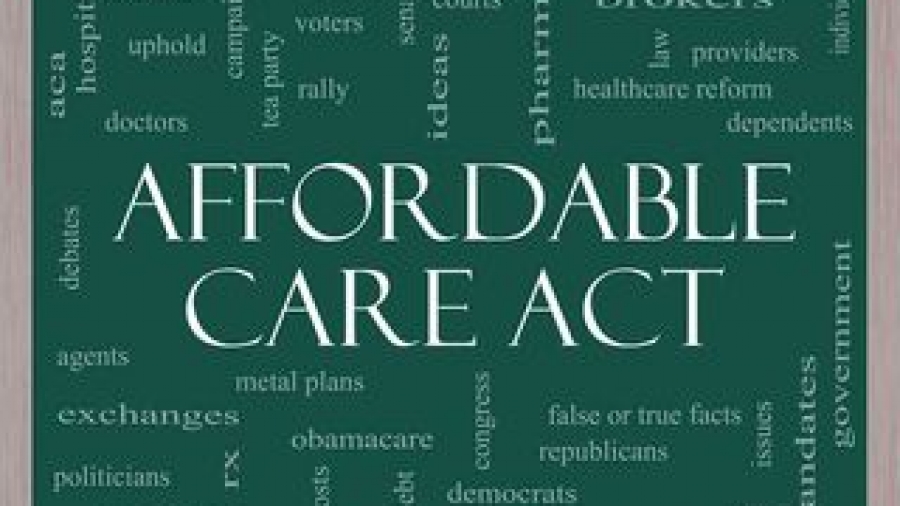Many times in complicated Medicaid planning cases, the attorney is trying to work out the funding plan before figuring out what rules apply. Before you go any further, you've got to determine whether the client is eligible, and what the qualification standards are.
Everyone focuses on the assets and income test, but that's not the only test. Number one is, does the client meet the needs test? By that we mean the “Activities of Daily Living,” or ADL's. They are necessary in determining eligibility for Medicaid.
 The six ADL standards for Medicaid clients are whether they can:
The six ADL standards for Medicaid clients are whether they can:
- Bathe themselves.
- Dress themselves.
- Transfer from a bed or chair, which usually means from a sitting position to a standing position.
- Walk.
- Feed themselves.
- Toilet themselves.
If your client is unable to do one of those six things, the client would be considered in need of adult care, which is the lowest level of care. If the client is missing two of the six, that would earn a rating of assisted living. If the client needs help in three or more of those areas, that would be considered chronic care need or nursing home need, which in most states is the threshold that qualifies the client for Medicaid.
There is a major exception to the ADL standards, however: severe dementia. Usually severe dementia will inhibit the client's ability to do one or two of the six ADLs, but not always. If you can bathe and dress yourself – and you can do all six of these things, but you don't know why you’re doing it or how to do it or when to do it, then you will be considered to have severe dementia, which is an automatic qualifier for chronic care or nursing home care.
One other note: Traditionally, Medicaid only covers the chronic care level. Some states, including New York, will cover assisted living, but those rules are dependent on your state. Most states do not cover assisted living. So knowing your state's standard is essential to serve your Medicaid clients.
David J. Zumpano, Esq, CPA, Co-founder Lawyers With Purpose, Founder of MPS, Founder and Senior Partner of Estate Planning Law Center








